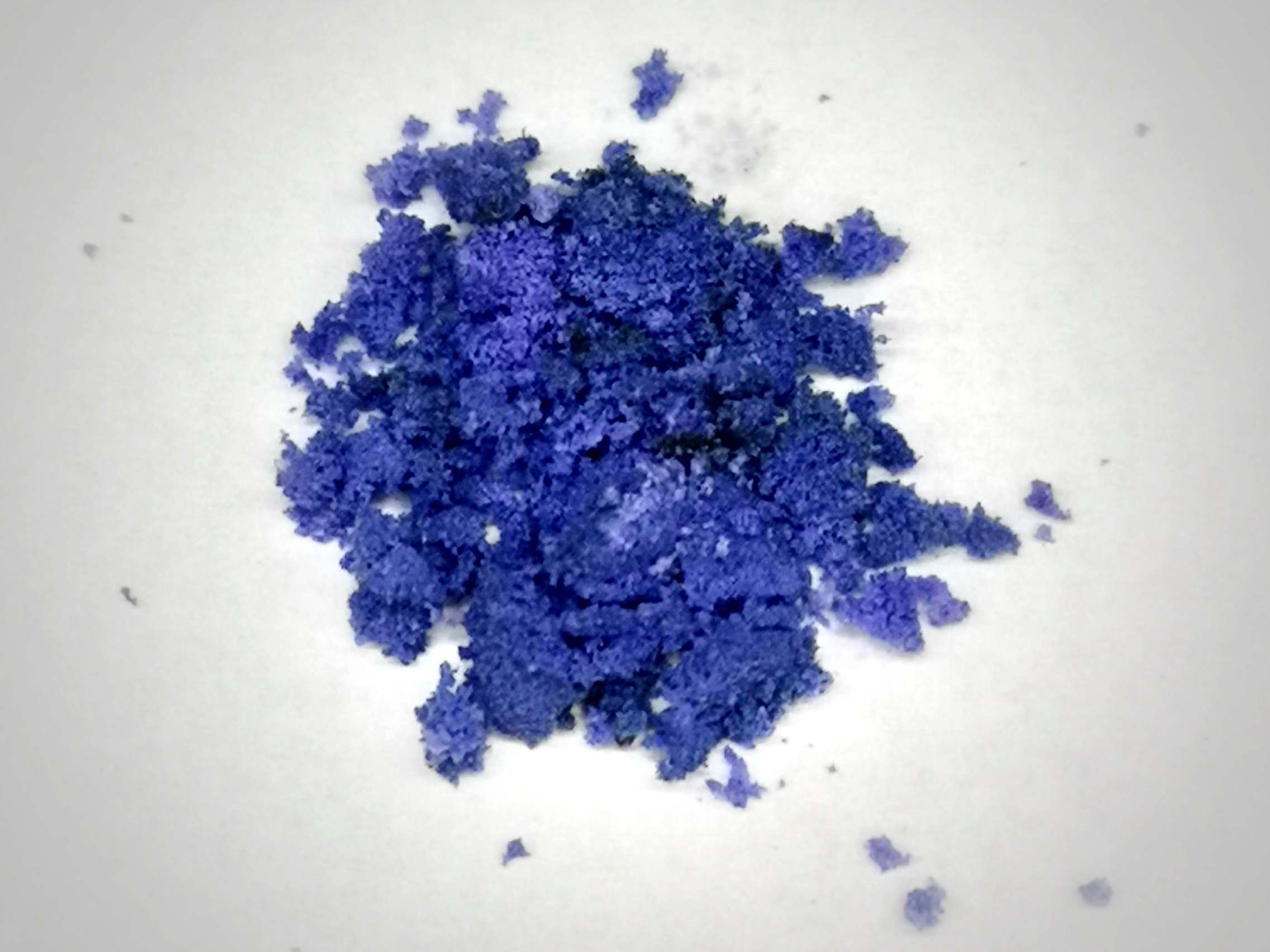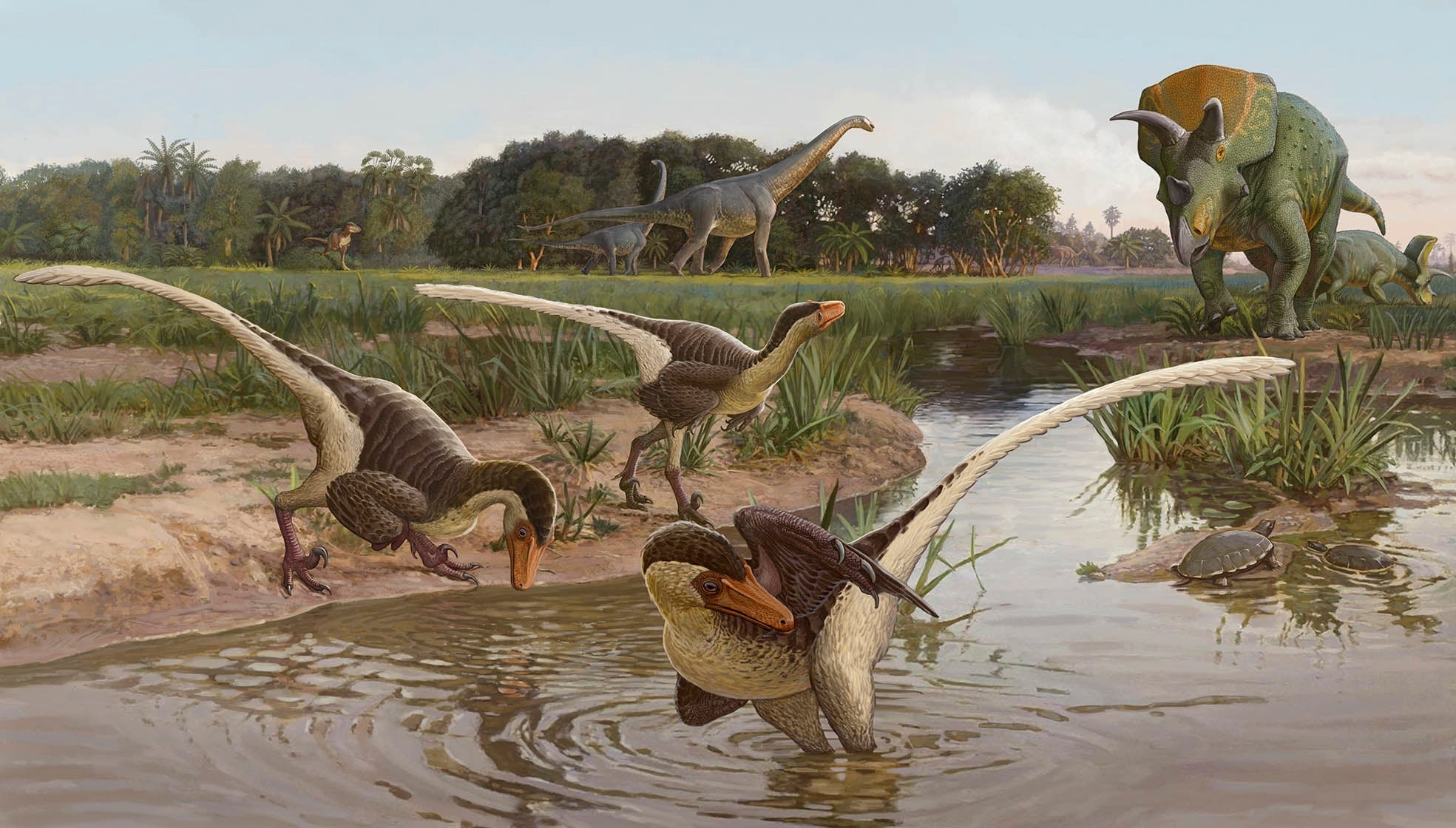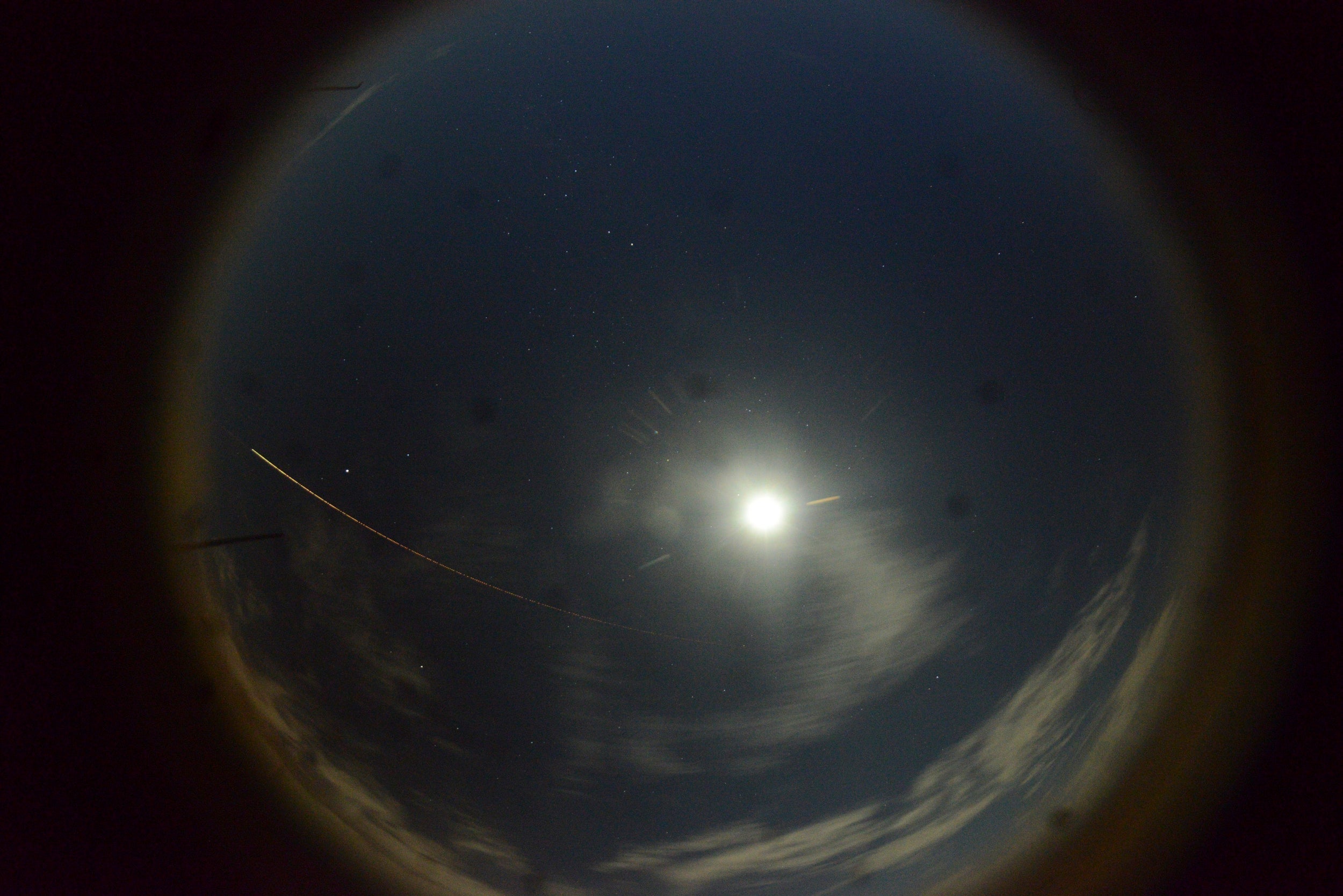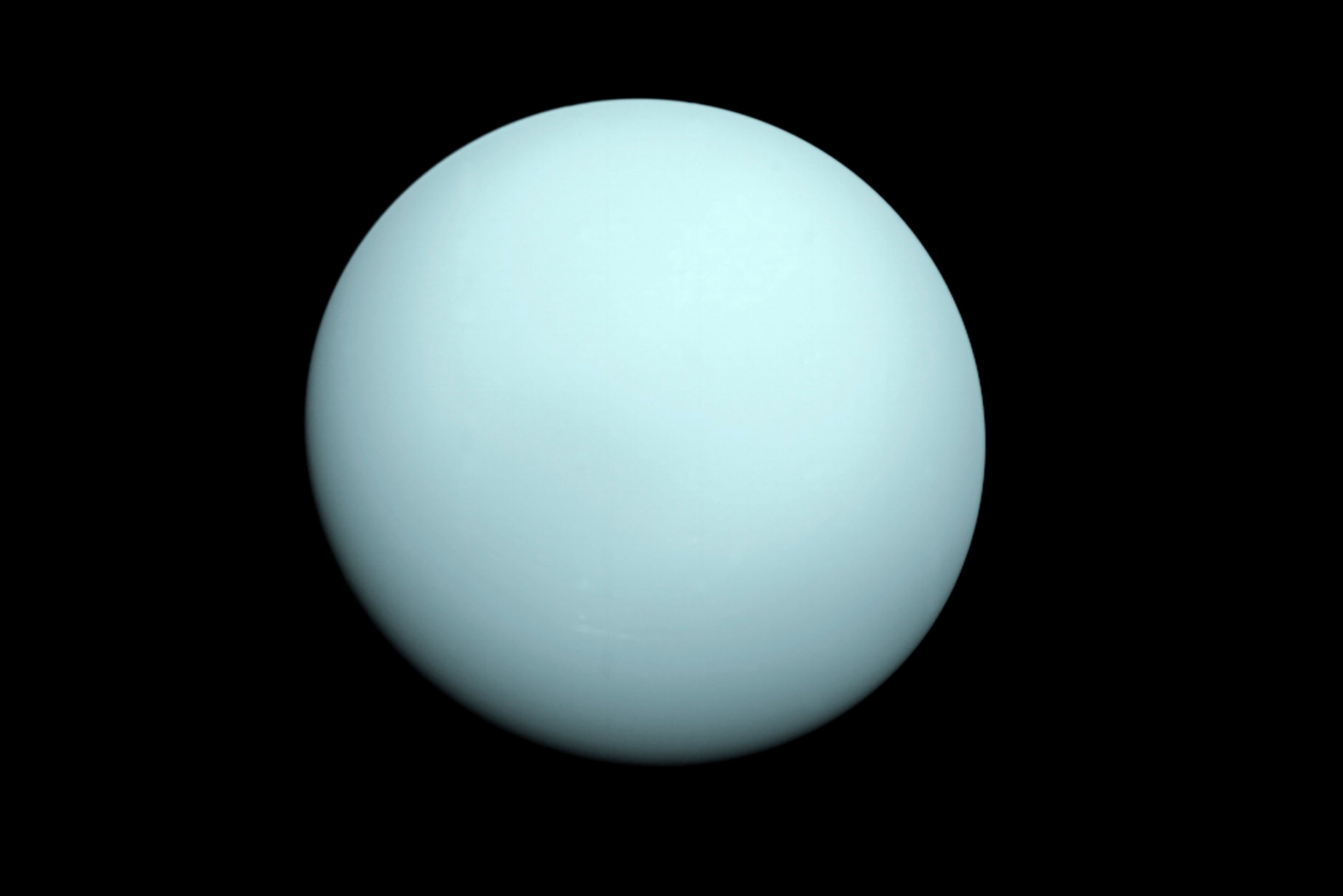Science news in brief: from making blue dye with red beetroot, to giant plasma bubbles
And other stories from around the world.

Your support helps us to tell the story
From reproductive rights to climate change to Big Tech, The Independent is on the ground when the story is developing. Whether it's investigating the financials of Elon Musk's pro-Trump PAC or producing our latest documentary, 'The A Word', which shines a light on the American women fighting for reproductive rights, we know how important it is to parse out the facts from the messaging.
At such a critical moment in US history, we need reporters on the ground. Your donation allows us to keep sending journalists to speak to both sides of the story.
The Independent is trusted by Americans across the entire political spectrum. And unlike many other quality news outlets, we choose not to lock Americans out of our reporting and analysis with paywalls. We believe quality journalism should be available to everyone, paid for by those who can afford it.
Your support makes all the difference.How do you make a less toxic blue dye? Start with red beetroots
Blue is the colour of clear skies and open water. It conjures calm. But it’s not easy being blue. It’s not the easiest colour to make, either.
You can make a nice blue by mixing certain minerals with elements like mercury or lead. But they are toxic. Other methods of producing blue dyes can also be harmful to humans and the environment.
What if there was another way to make things blue, using something that is usually red? That’s what an organic chemist in Brazil tried.
“I like to think I’m kind of a molecular psychiatrist,” says Erick Bastos, who studies the chemistry of natural pigments at Universidade de Sao Paulo. “I check the structure of a molecule, and I try to imagine what kind of modification I can do in order to make the molecule obey me. It doesn’t always happen. It’s very difficult.”
By extracting a pigment from beetroot and tweaking its molecular pattern, Bastos transforms the pigment’s bashful blush to a brilliant blue. He calls it BeetBlue, and so far it appears to be nontoxic. The chemical reaction he and his colleagues demonstrated in Science Advances brings us a natural blue, unpatented and free for all to modify.
Bastos became interested in making blue from beets because he had been working with betalains, rare pigments found in beetroots, dragon fruit and the fly agaric fungus (a typical red and white magic mushroom). Just a tiny amount of beetroot juice can render a lot of dye. It was natural and efficient.
Some of the most important advances in science – like the notion that individual neurons exist and communicate – came with the help of natural dyes, such as silver Golgi stain and green fluorescent protein. Inspired by the scientific heroes who discovered these, Bastos had originally intended to use BeetBlue for biomedical imaging.
But it didn’t work.
“I’m in the business of putting things inside the cell,” he says. “But BeetBlue is not good at doing this.”
He asked Barbara Freitas-Dorr, a graduate student he works with, to try using the dye for something else.
Much to his surprise, she returned after five minutes holding a tube of blue. After further processing, the pigment was scentless and felt like powdered sugar. It successfully dyed maltodextrin, a starchy food preservative, as well as yoghurt, silk, cotton and samples of human hair.

How an eye surgeon got a picture of a rare pastel bird
On 11 March, Dr Miguel David De Leon – a vitreoretinal surgeon in Mindanao, the southern island of the Philippines – worked a full morning at the medical centre. When he got home, “I was exhausted,” he says. But he pulled it together, lugged his camera an hour uphill and clambered into his bird hide.
Soon his prize appeared: a fledgeling south Philippine dwarf kingfisher, about three weeks old. For 10 minutes the rare bird posed on a branch, showing off its pastel colouring and unusual black bill. “I was so, so thrilled,” says De Leon, who had chased this shot for over three years. “I felt like my chest would explode.”
The Philippines is filled with birds that can be found only in its forests – at least 255 species are unique to the country. But very little is known about most of them, including the south Philippine dwarf kingfisher. De Leon’s photograph is the first known to be taken of a fledgeling.
His birding group, the Robert S Kennedy Bird Conservancy, specialises in such photos. The group’s work tends to be both research- and Instagram-worthy, filling gaps in scientific knowledge while showing off the country’s biodiversity.
De Leon started his group, which is named for the author of the region’s main bird guide, in 2017. None of its eight members are professional ornithologists – others include an artist, a military strategist and two pilots. But they are very, very patient.
They build the hides over the course of a few days. They then do their best to stay in them from sunrise to sunset, to avoid disturbing wary bird parents.
With these strategies, they can learn things that might otherwise require more disruptive methods, De Leon says. In 2017, for example, he and a few others published a paper detailing the south Philippine dwarf kingfisher’s dietary habits, which they pieced together over years of watching parents bring food back to the nest. (They eat a lot of skinks, and no fish.)
This took extra dedication, as the south Philippine dwarf kingfisher is particularly hard to spot.
And as De Leon’s group soon found, the fledgeling is even sneakier. While birds of other species often stay close to their nests while learning to fly, the young kingfishers rocket away. “Even if we’re watching them closely, they just disappear,” he says.

Fossils show raptors prowled North America late in dinosaurs’ era
One day in 2008, a lethal weapon from a bygone era spilt out of a hillside in New Mexico.
“We knew that it was something interesting right away,” says Steven Jasinski, a palaeontologist at the State Museum of Pennsylvania, whose colleague, Robert Sullivan, first spotted the fossil.
The relic turned out to be the claw of a dromaeosaurid, a dinosaur popularly known as a raptor after its starring role in Jurassic Park. After more than a decade of fieldwork and research, Jasinski and his colleagues have now confirmed that the claw – along with 20 other fossils – represents a new species that lived some 68 million to 70 million years ago, just a few million years before an asteroid doomed most dinosaurs.
They named the animal Dineobellator notohesperus, describing it in Scientific Reports. This pint-size predator is the third known North American dromaeosaurid from the dinosaurs’ twilight period, and suggests that beasts of its stature may have been abundant at that time.
“The new animal Dineobellator confirms that there is a greater diversity of raptors at the end of the Cretaceous than has been suspected up until now,” says Philip Currie, a palaeontologist at the University of Alberta in Canada, who was not involved with the study. “It represents our steady progress in understanding that small dinosaurs may have been more common than large forms like the contemporary T-rex at the end of the age of dinosaurs.”
The fossil record is partly biased towards huge animals like T rex simply because their sturdy skeletons are more likely to stay intact for tens of millions of years, resulting in an incomplete understanding of dinosaur evolution.
“Raptor dinosaurs are among the rarest of finds because their thin, airy bones don’t often preserve,” says Lindsay Zanno, the head of palaeontology at the North Carolina Museum of Natural Sciences, who was not involved in the study.
Dineobellator was about 3 feet tall – smaller than the fictional raptors that wreaked havoc in Jurassic Park. Judging from its unique adaptations, this was a particularly gracile and innovative predator that possessed clawed digits primed for pouncing onto the backs of larger animals.
“This dinosaur had an enlarged area for muscle attachment to allow for a much stronger grasping or gripping ability,” Jasinski says. “A group of these dinosaurs certainly could have been able to take down very large prey, better than other members of the group seemingly could.”

This fireball ignored the solar system’s one-way signs
It’s not unusual for meteors to illuminate night skies over southwestern Australia’s desolate landscapes. But the fireball of 7 July 2017, was different. For a full minute and a half, it just kept burning and burning and burning. The object carved a trace of light as wide across as Texas, then faded.
Many meteors disintegrate in our atmosphere, or slow down and crash into the surface. But after its light show, this one kept going, departing our planet with a celestial “thanks, but no thanks”.
Next stop: Jupiter, at the beginning of 2025. And after tangling with that giant planet’s gravity, it will most likely be ejected into interstellar space, says Patrick Shober, a graduate student at Curtin University in western Australia who led a team that studied the event.
The July 2017 event is known as a grazing fireball, a rare type of meteoroid that hits Earth’s atmosphere at a low angle, then skims like a skipping stone on a lake.
Some are legendary, like 1783’s Great Meteor, which streaked past England and over continental Europe, or the incorrectly named Great Comet of 1860, which was painted by Hudson River School artist Frederic Church and inspired a poem by Walt Whitman. The first grazing fireball to be studied by modern science zipped over North America for 101 seconds in 1972.
But few spend this long dipping into the atmosphere. And not one has ever been as well studied. It might have gone unseen if not for the Desert Fireball Network, a set of observatories that span a vast, sparsely populated swathe of Australia.
The network’s goal is to fetch meteorites that land in the desert. But in this case, there was nothing to retrieve.
Shober’s team estimates the rock responsible for the event entered the atmosphere weighing 130 pounds and measuring only about a foot across. But it blazed so brightly for so long because it travelled on a shallow path and moved at a blistering pace of about 10 miles per second. Near its lowest point, still about 36 miles above the surface of the Earth, a chunk broke off and burned up.
By triangulating its trajectory from multiple positions, Shober traced the fireball back to the asteroid belt between Mars and Jupiter, his team reports in a paper that will be published by The Astronomical Journal. As it reached Earth, the planet gave it an extra kick.

Uranus ejected a giant plasma bubble during Voyager 2’s visit
Uranus is unquestionably weird. Swirling with mostly water, methane and ammonia, the solar system’s seventh planet is tipped over at 98 degrees, so its magnetic poles take turns directly facing the sun. And its magnetic field is strangely misaligned with the planet’s rotation, causing it to wildly lurch about.
Back in 1986, the ice giant world got what remains its only visitor from Earth – Voyager 2, which is now more than 11 billion miles from Earth, but at that time flew a mere 50,600 miles above Uranus’s cloudy skies. As it passed, Voyager 2 heard an odd magnetic whisper, a signal so ephemeral that it went unnoticed.
More than three decades later, scientists were taking a deep dive into the venerable spacecraft’s data pool, hoping to find scientific mysteries that could help support a return mission to Uranus and its ice giant sibling, Neptune. They unearthed that magnetic hiccup and realised it represented the detection of a mass of electrically excited gas with a width 10 times Earth’s circumference.
This ginormous bubble was a jettisoned part of Uranus’s atmosphere.
This process is draining the planet’s atmosphere, but scientists aren’t anticipating a vanishing act.
“Even with moderate gassiness, it’s likely that Uranus will be able to hold on to most of its atmosphere for the remainder of the solar system’s life,” says Paul Byrne, a planetary geologist at North Carolina State University who was not involved in the research. “Uranus just has that much gas.”
As highlighted in a recent Nasa blog post, based on a paper published last year, the anomaly was the signal emitted by a 250,000-mile thick cylindrical mass of electrified hydrogen gas from Uranus. The ice giant was losing its atmosphere, a fate it shares with many worlds.
Mars’s ancient, substantial atmosphere kept its abundant surface water liquid. But roughly 4 billion years ago, its global magnetic field collapsed and the solar wind stripped away much of its atmosphere. Earth’s magnetic field largely shields its atmosphere from this destructive behaviour, but 100 tons of our planet’s gases still disappear into space every day.
That colossal, vaporous blob was something called a plasmoid. This one’s neat, closed magnetic loops suggest it was flung off Uranus by the planet’s speedy rotation.
“This discovery provides yet another reason for blasting off a dedicated mission to Uranus,” Byrne says.
© The New York Times
Subscribe to Independent Premium to bookmark this article
Want to bookmark your favourite articles and stories to read or reference later? Start your Independent Premium subscription today.
Join our commenting forum
Join thought-provoking conversations, follow other Independent readers and see their replies
Comments